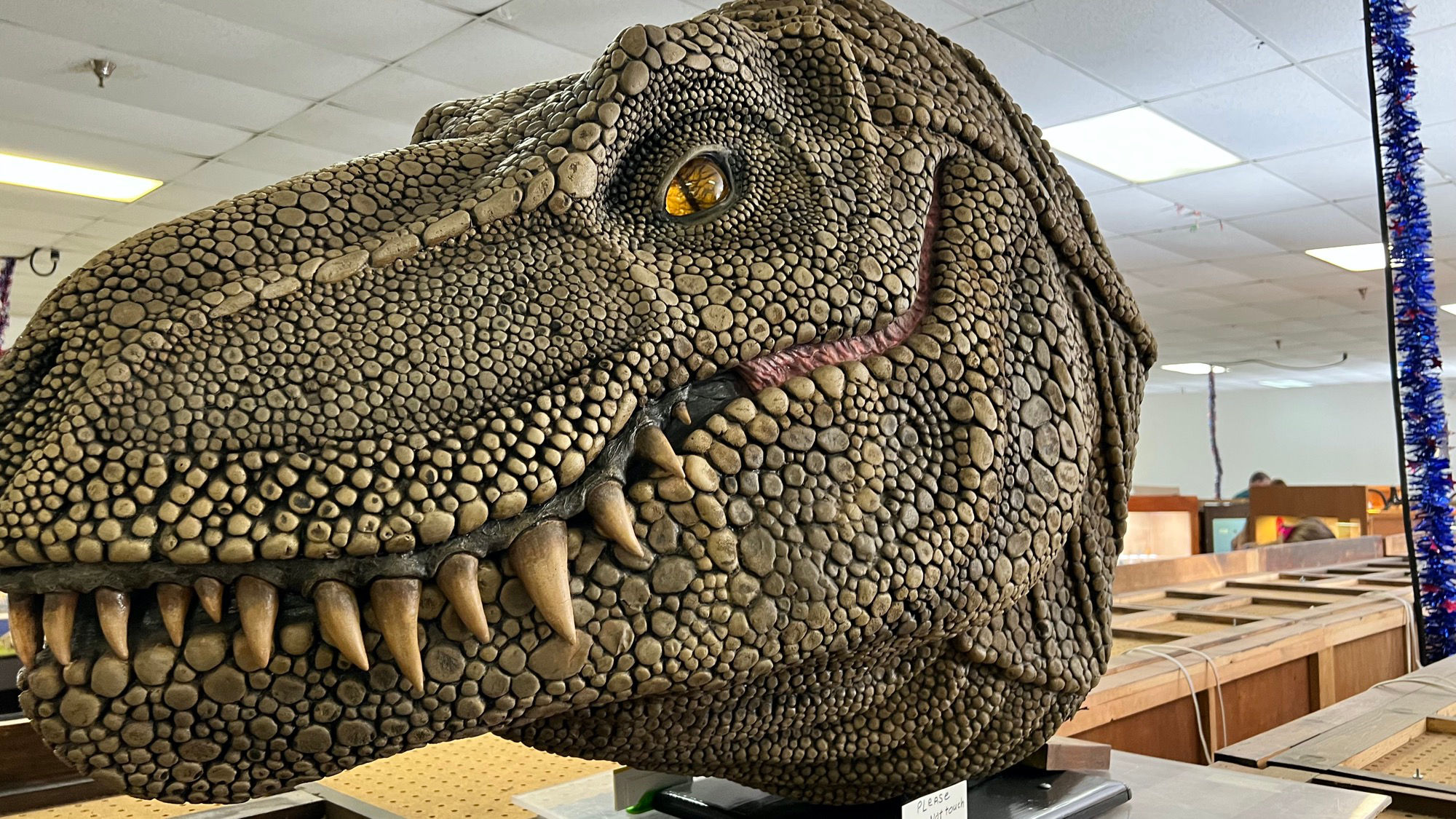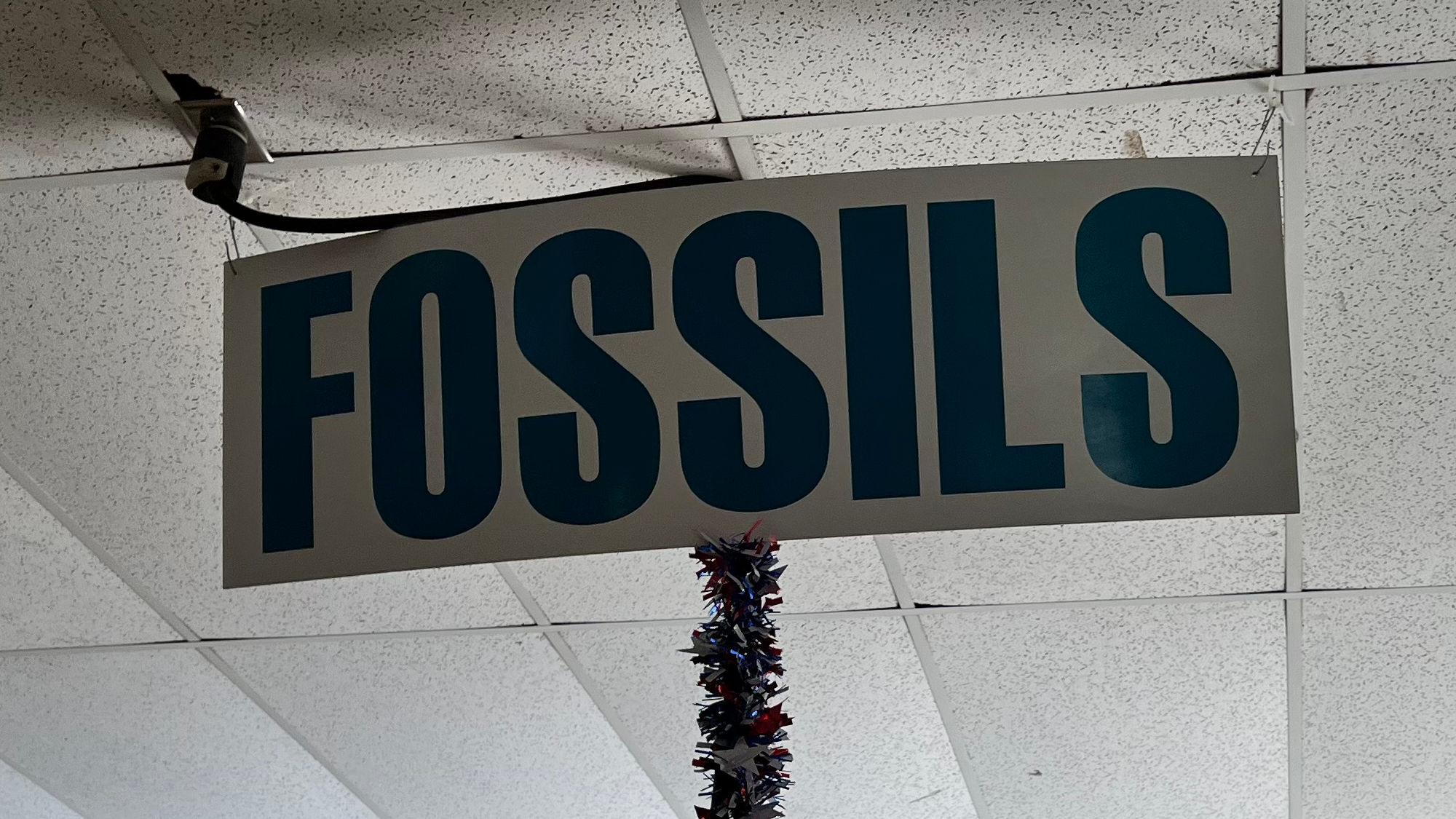
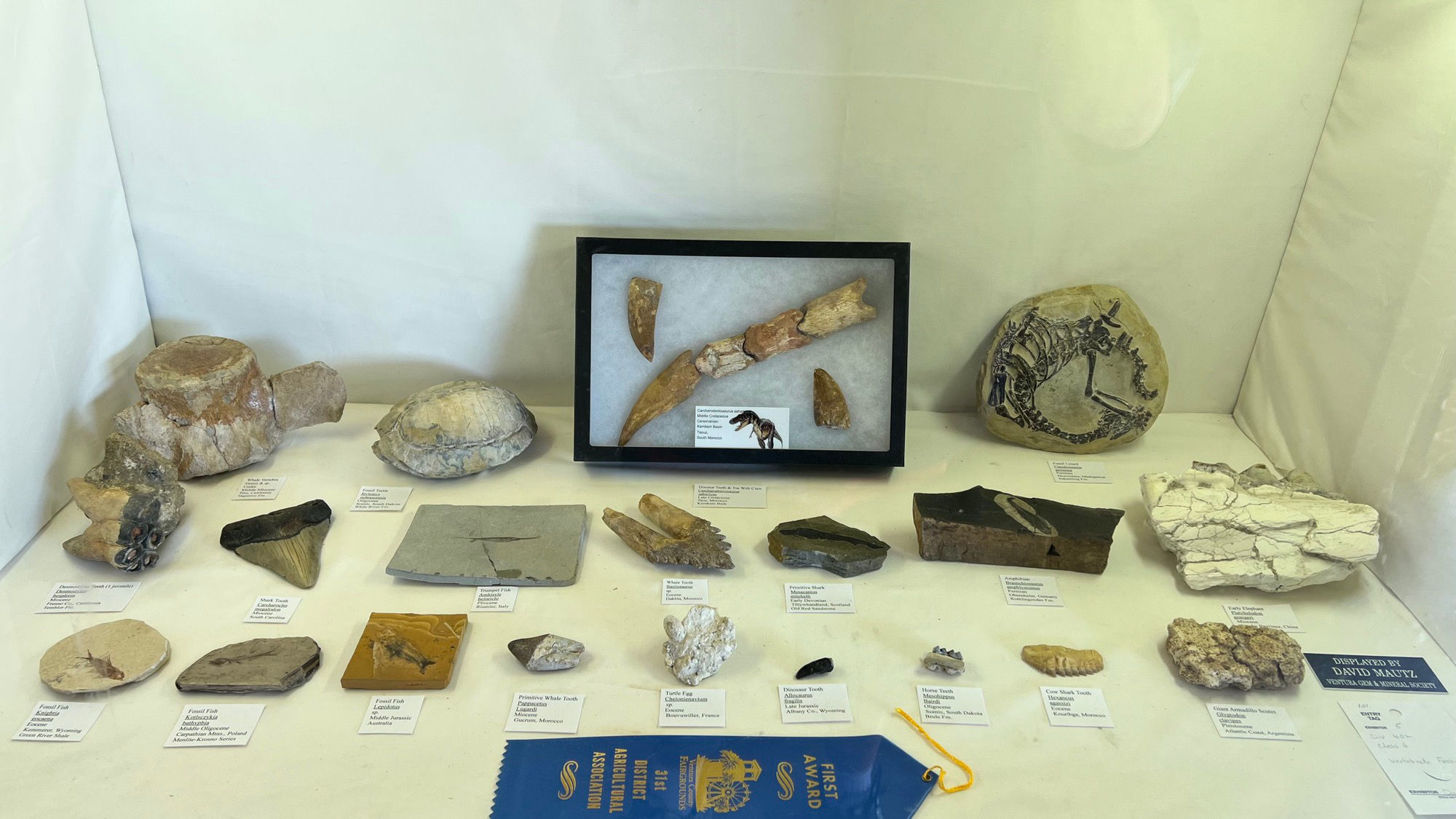
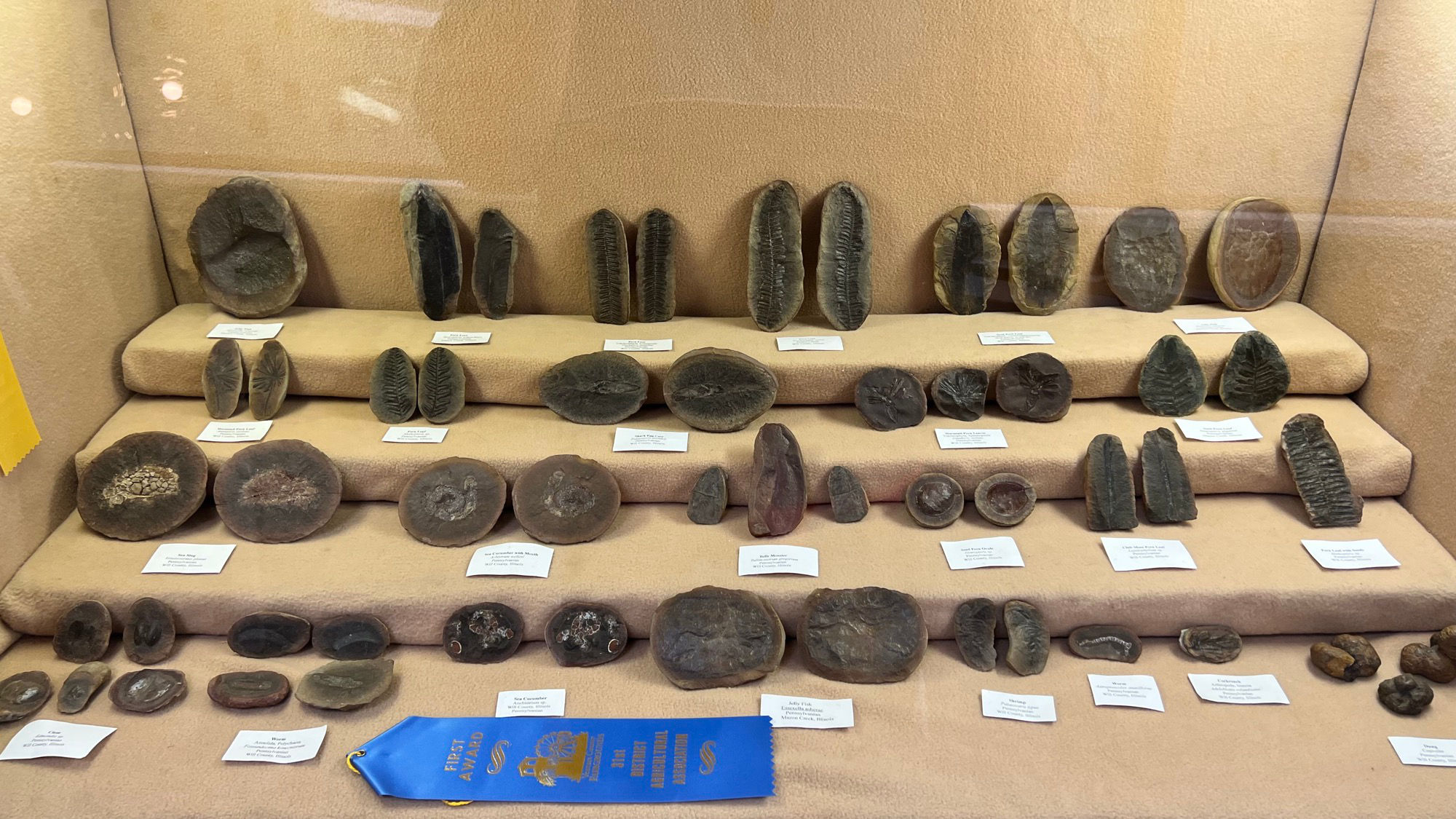
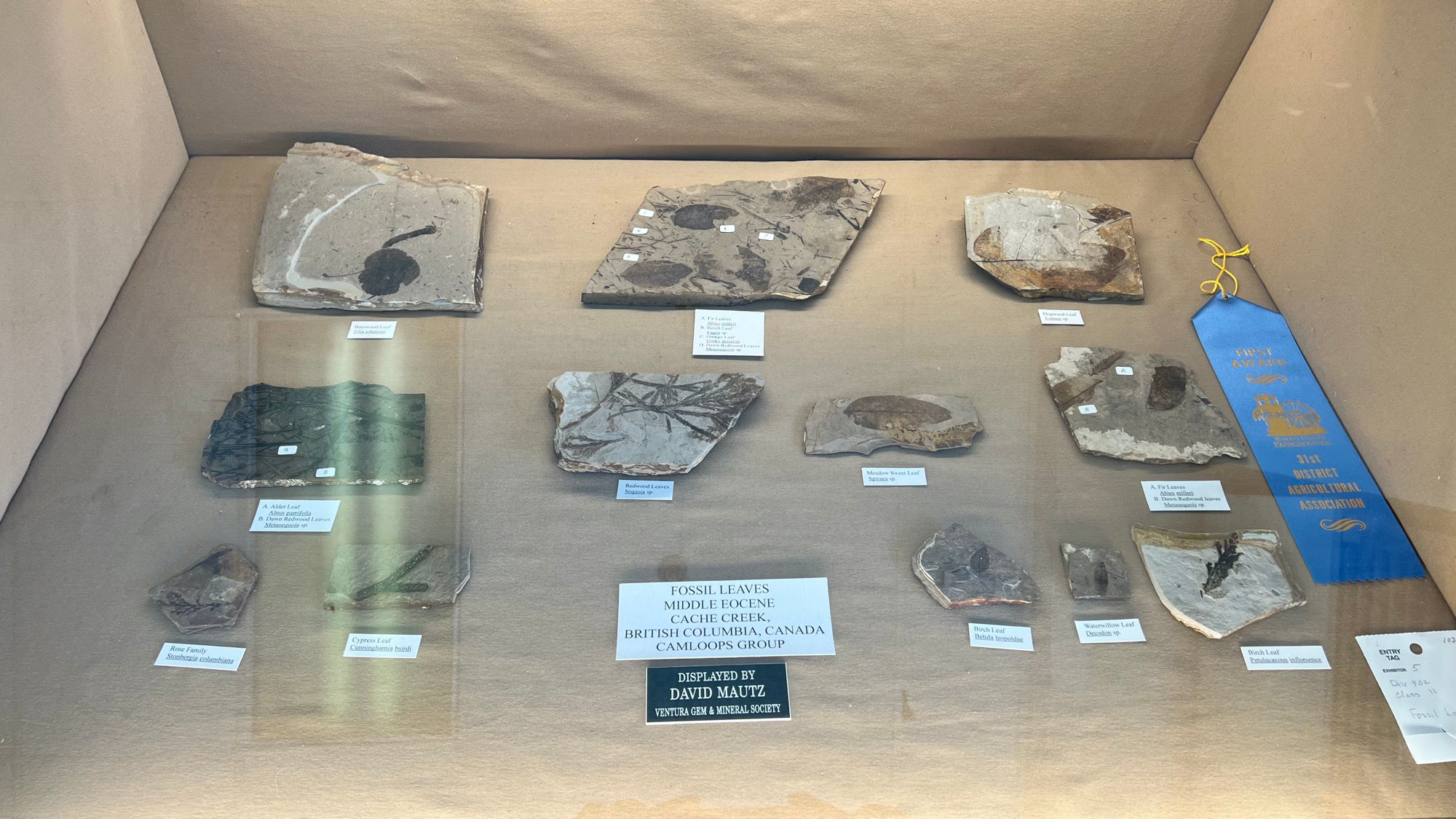
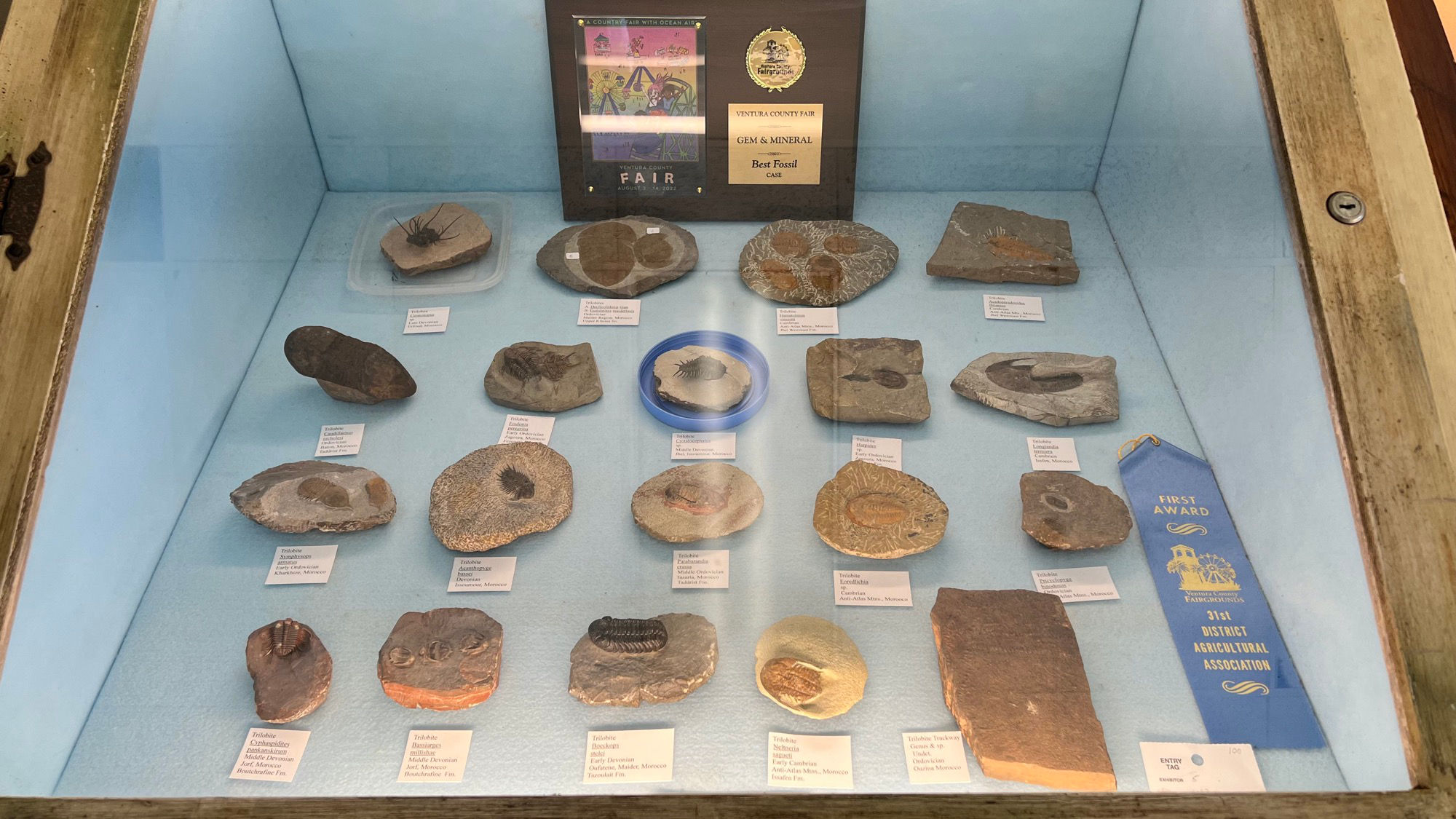
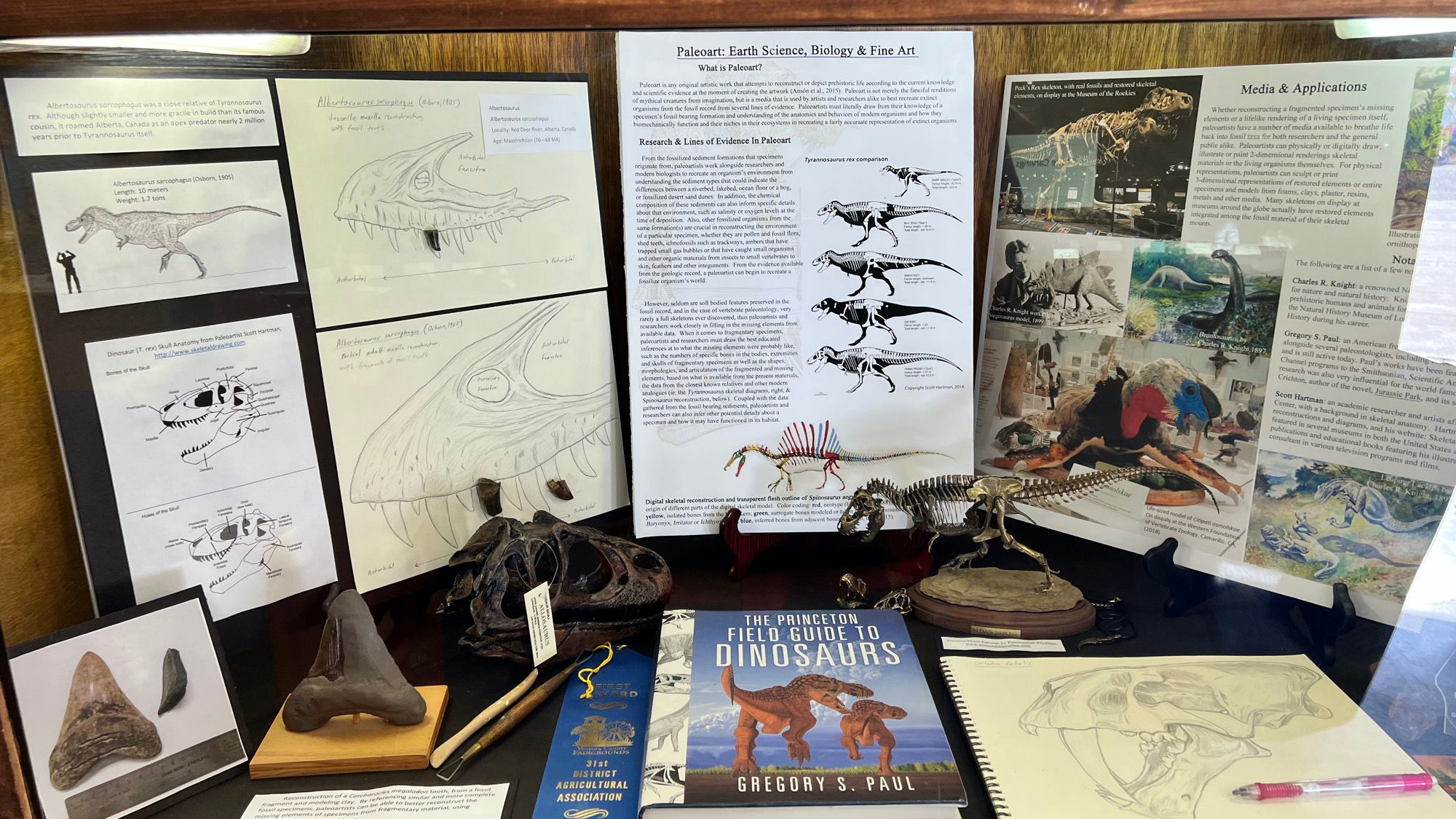
What is Paleoart?
Paleoart is any original artistic work that attempts to reconstruct or depict prehistoric life according to the current knowledge and scientific evidence at the moment of creating the artwork (Anson et al., 2015). Paleoart is not merely the fanciful renditions of mythical creatures from imagination, but is a media that is used by artists and researchers alike to best recreate extinct organisms from the fossil record from several lines of evidence. Paleoartists must literally draw from their knowledge of a specimen's fossil bearing formation and understanding of the anatomies and behaviors of modern organisms and how they biomechanically function and their niches in their ecosystems in recreating a fairly accurate representation of extinet organisms.
Research & Lines of Evidence in Paleoart
From the fossilized sediment formations that specimens originate from, paleoartists work alongside researchers and modern biologists to recreate an organism's environment from understanding the sediment types that could indicate the differences between a riverbed, lakebed, ocean floor or a bog, or fossilized desert sand dunes.
In addition, the chemical composition of these sediments can also inform specific details about that environment, such as salinity or oxygen levels at the time of deposition.
Also, other fossilized organisms from the same formation(s) are crucial in reconstructing the environment of a particular specimen, whether they are pollen and fossil flora, shed teeth, ichnofossils such as trackways, ambers that have trapped small gas bubbles or that have caught small organisms and other organic materials from insects to small vertebrates to skin, feathers and other integuments.
From the evidence available from the geologic record, a paleoartist can begin to recreate a fossilize organism's world.
However, seldom are soft bodied features preserved in the fossil record, and in the case of vertebrate paleontology, very rarely a full skeletons ever discovered, thus paleoartists and researchers work closely in filling in the missing elements from available data. When it comes to fragmentary specimens, paleoartists and researchers must draw the best educated inferences at to what the missing elements were probably like, such as the numbers of specific bones in the bodies, extremities and skulls of fragmentary specimens as well as the shapes, morphologies, and articulation of the fragmented and missing elements, based on what is available from the present materials, the data from the closest known relatives and other modern analogues (ie: the Tyrannosaurus skeletal diagrams, right, & Spinosaurus reconstruction, below). Coupled with the data gathered from the fossil bearing sediments, paleoartists and researchers can also infer other potential details about a specimen and how it may have functioned in its habitat.
Media & Applications
Whether reconstructing a fragmented specimen's missing elements or a lifelike rendering of a living specimen itself, paleoartists have a number of media available to breathe life back into fossil taxa for both researchers and the general public alike.
Paleoartists can physically or digitally draw, illustrate or paint 2-dimensional renderings skeletal materials or the living organisms themselves.
For physical representations, paleoartists can sculpt or print 3-dimensional representations of restored elements or entire specimens and models from foams, clays, plaster, resins, metals and other media.
Many skeletons on display at museums around the globe actually have restored elements integrated among the fossil material of their skeletal mounts.
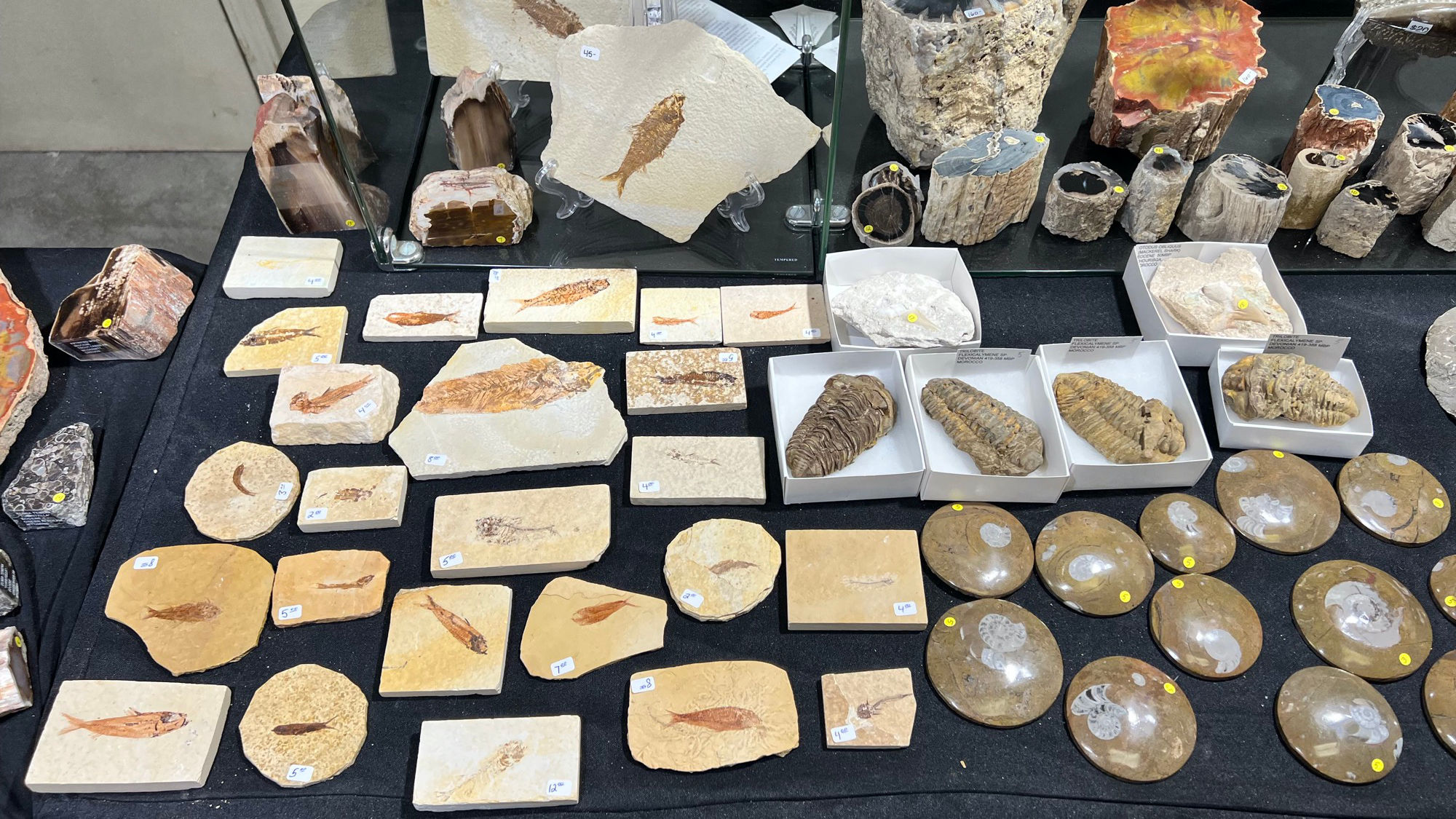
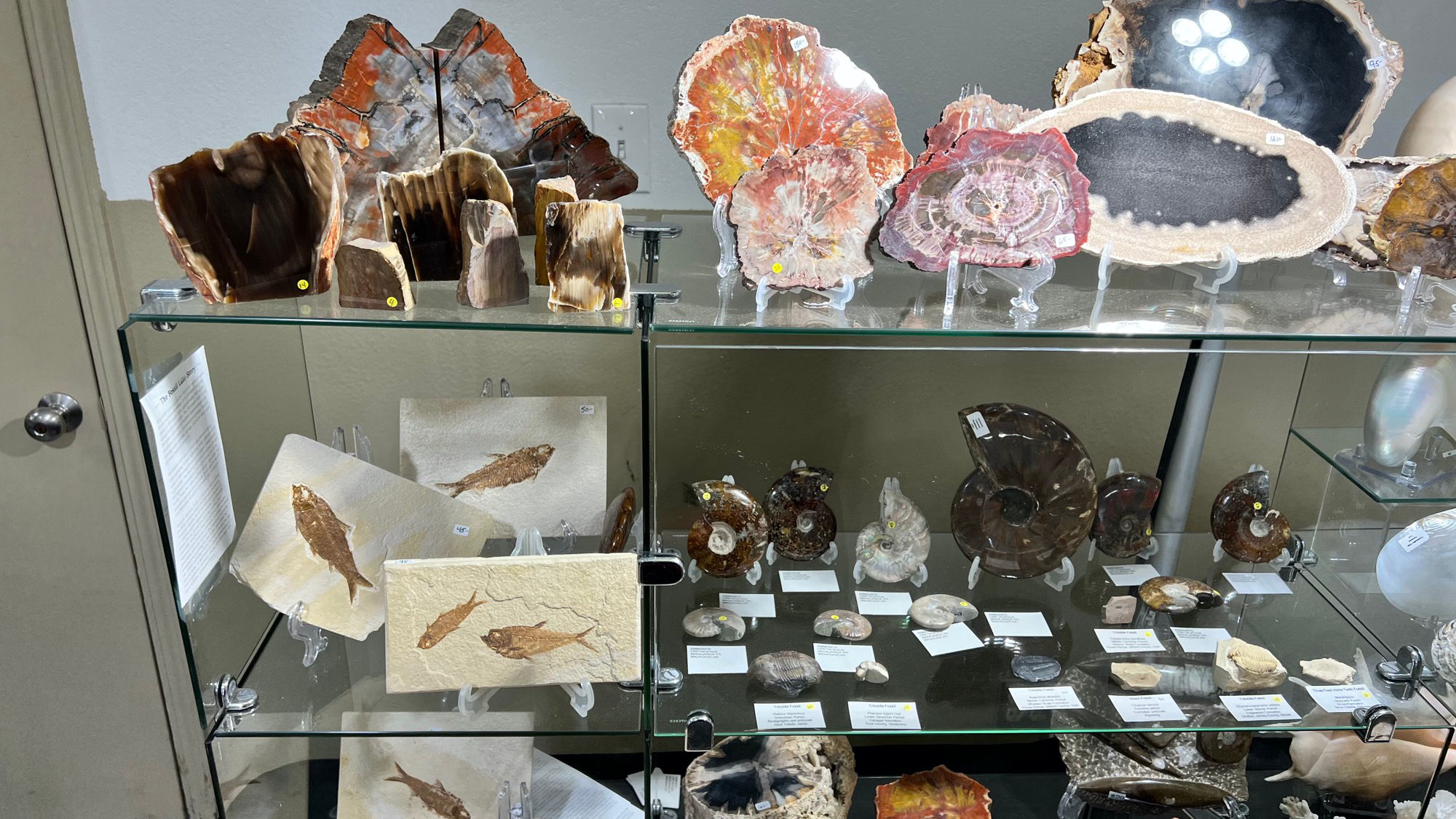
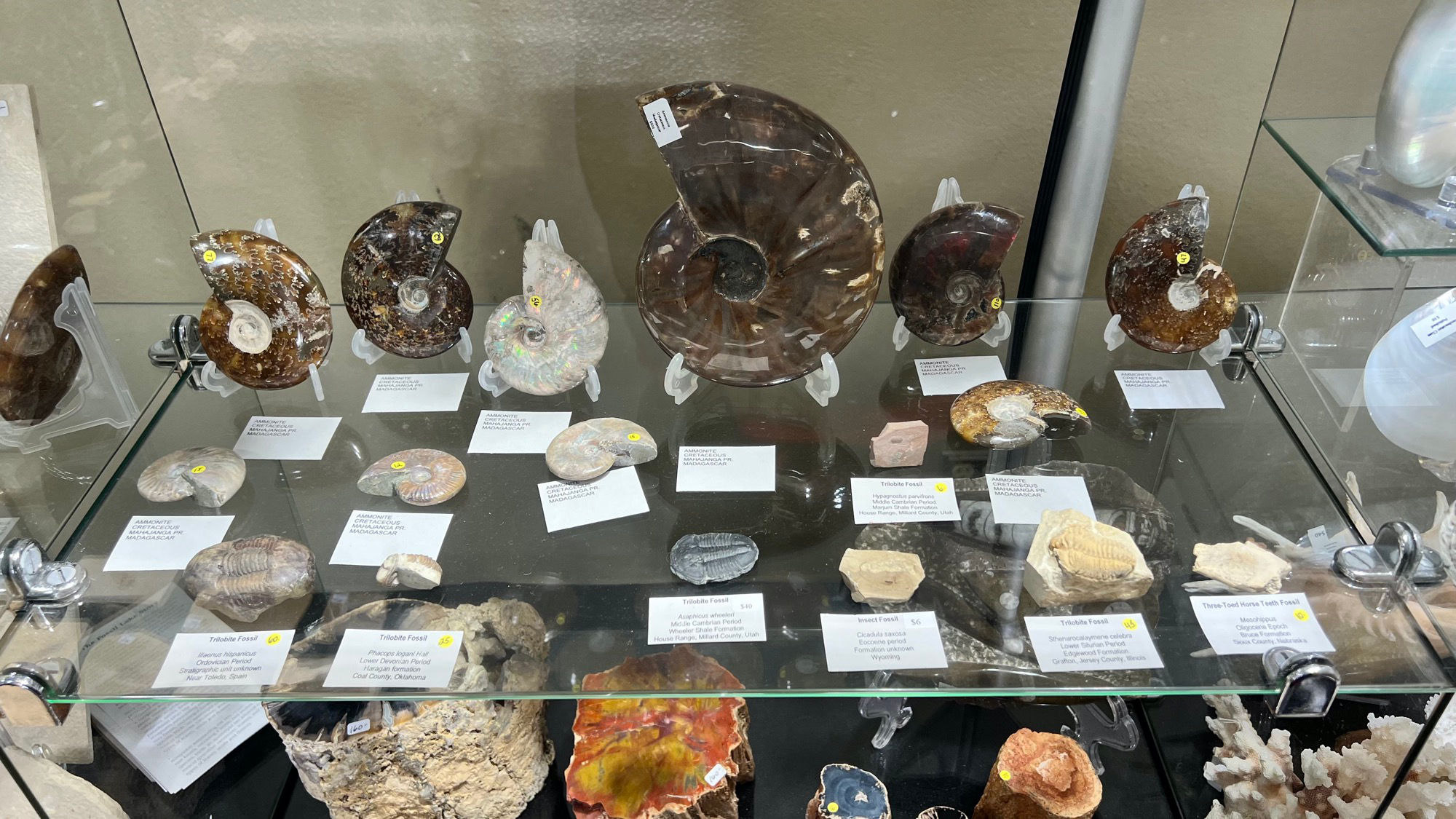
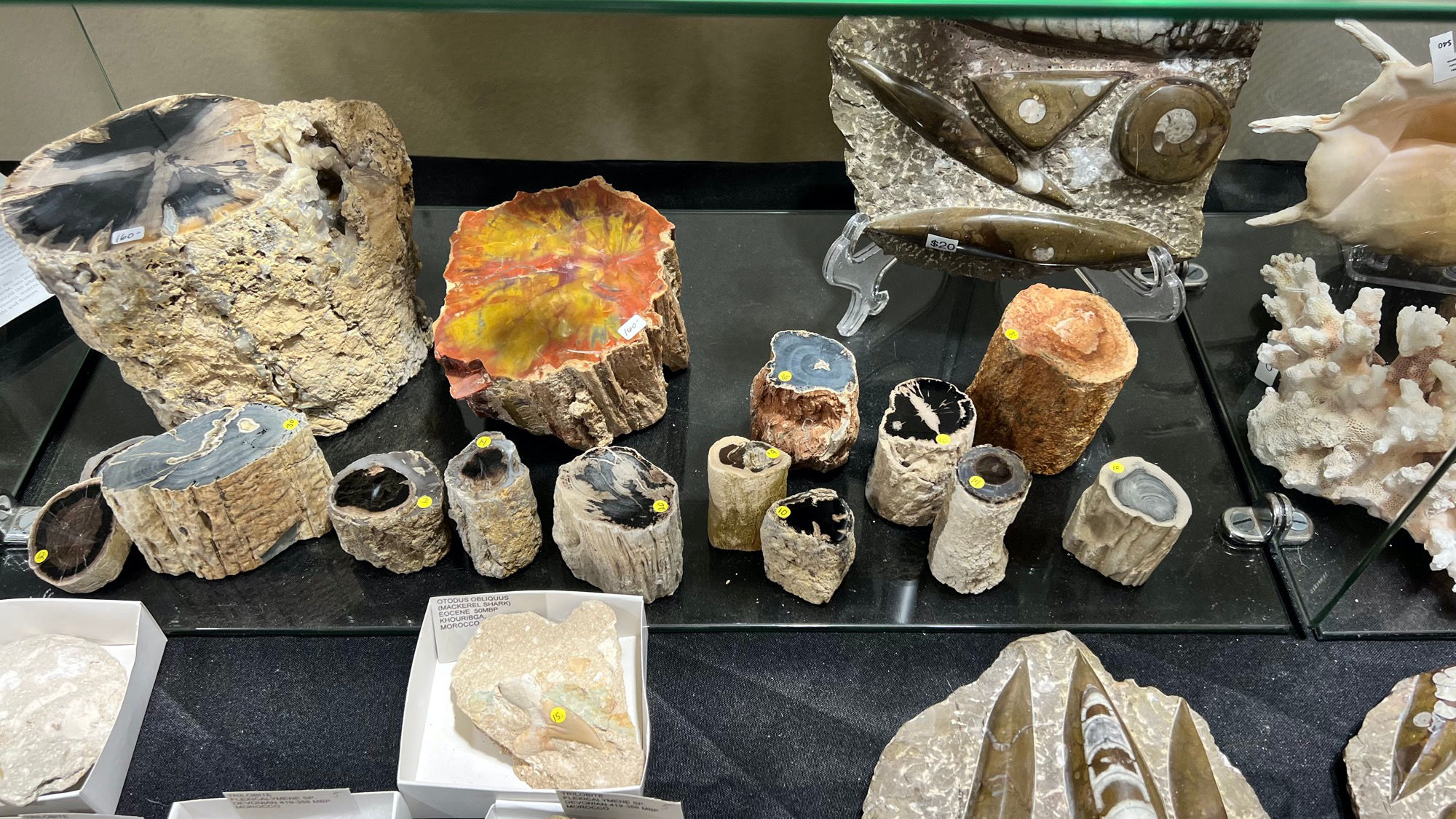
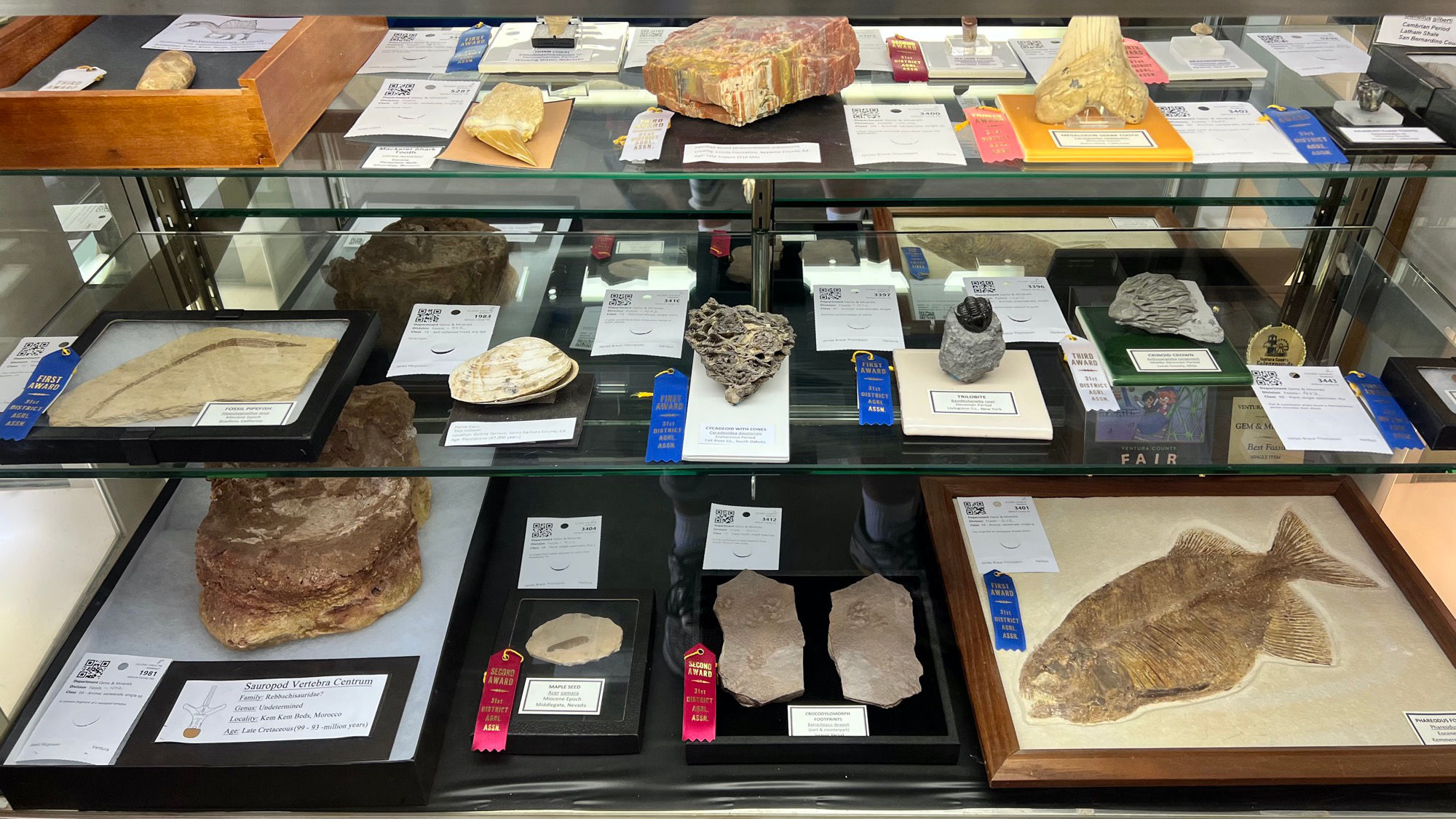
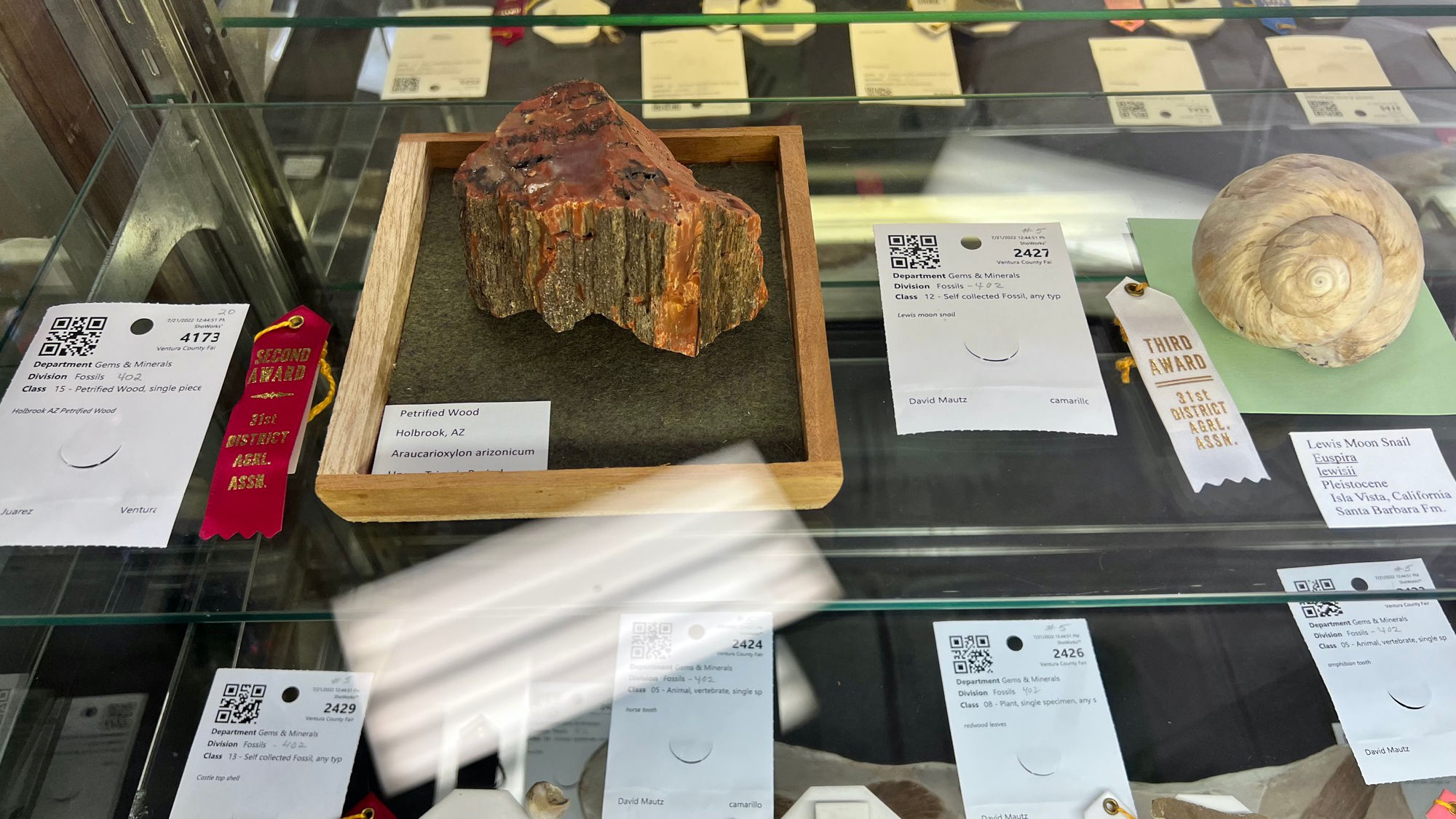
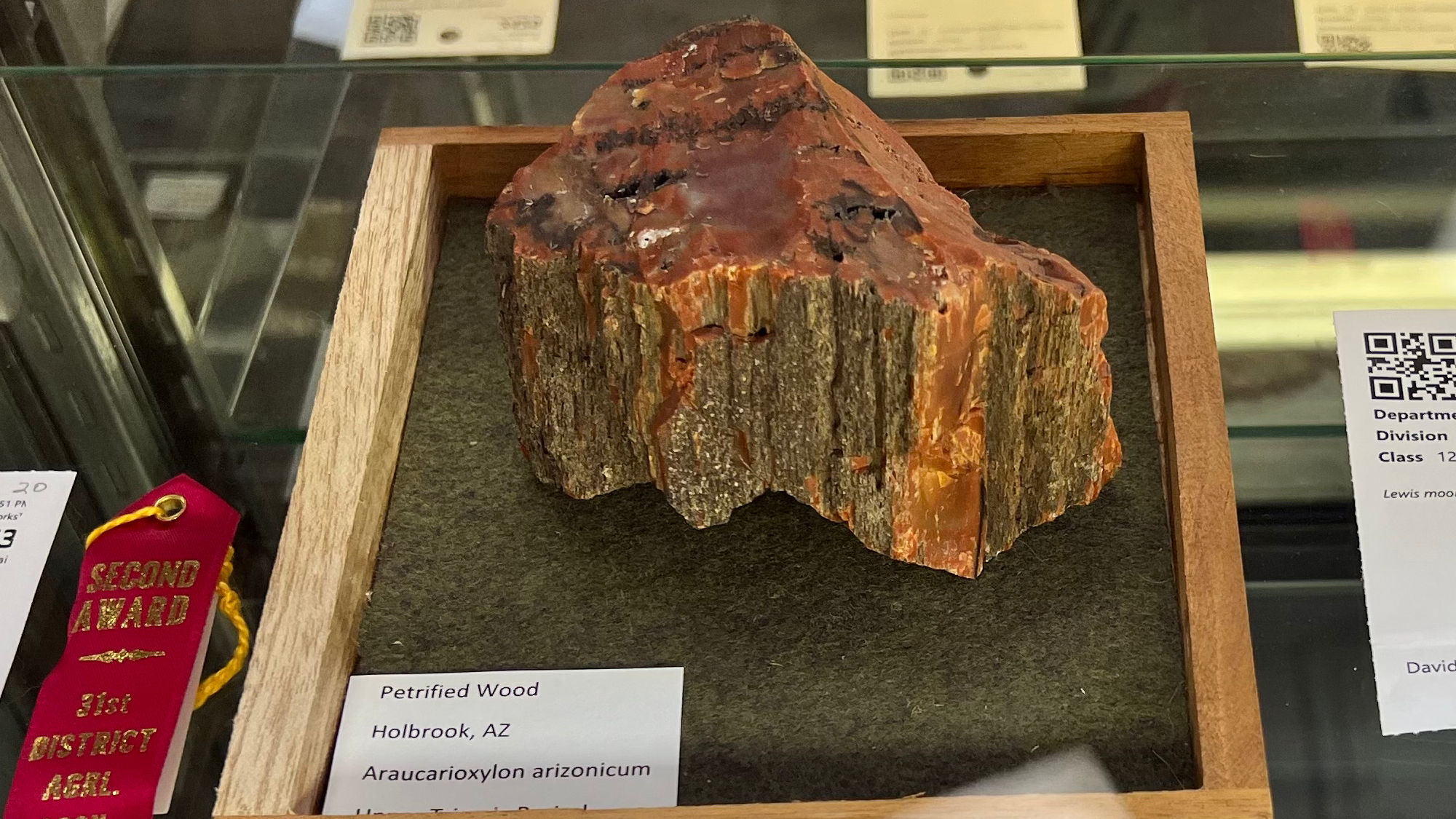
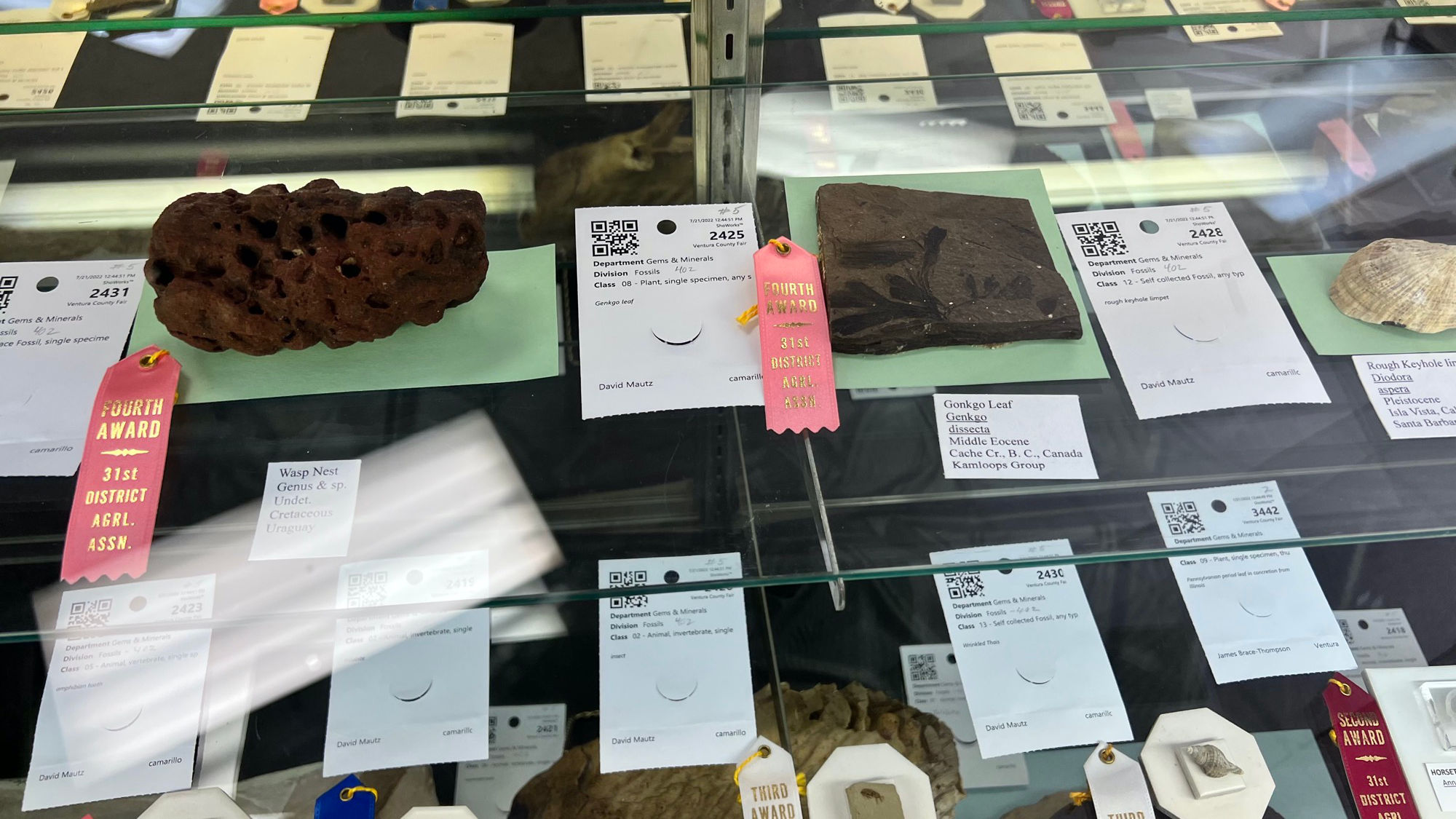
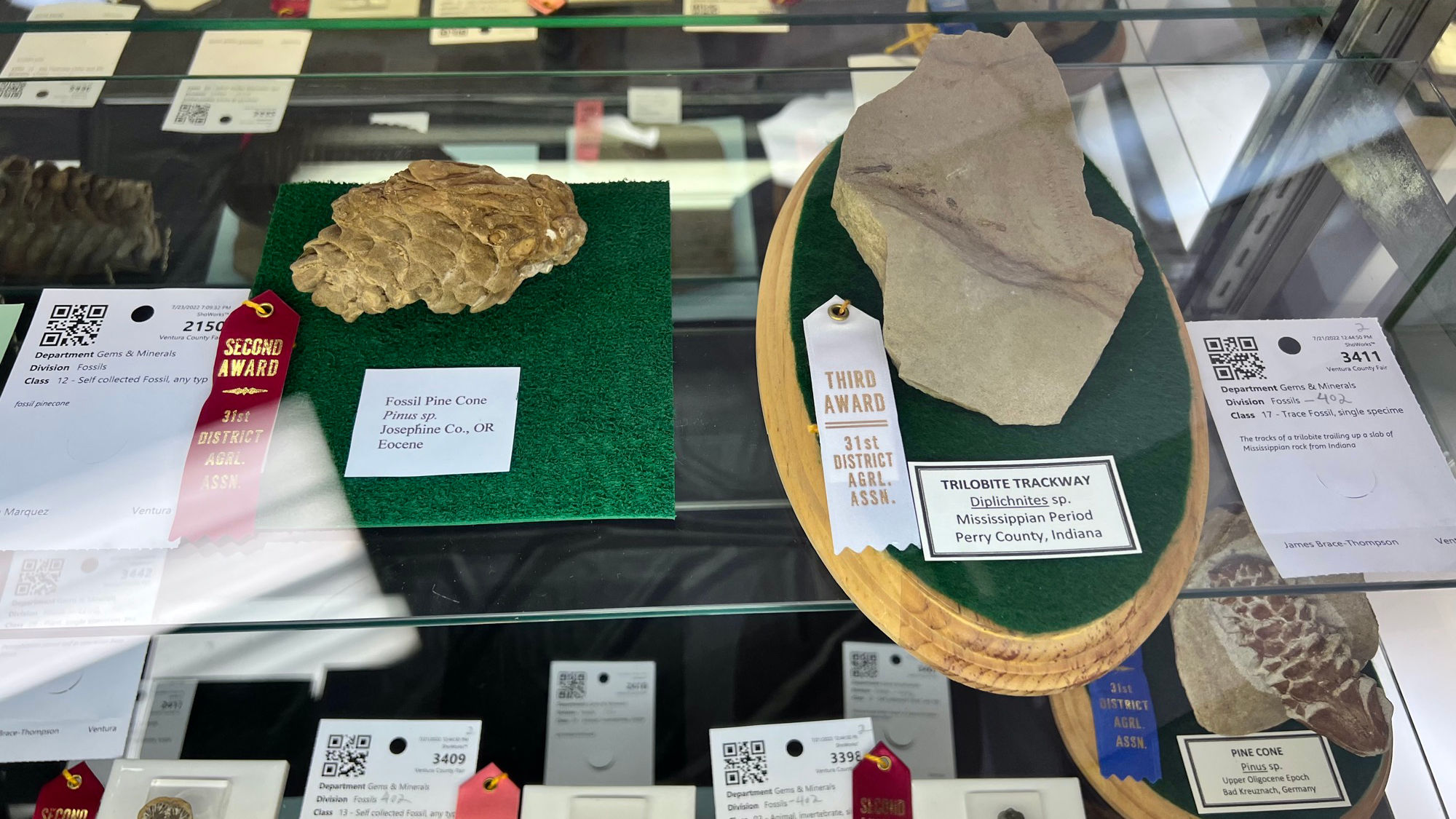
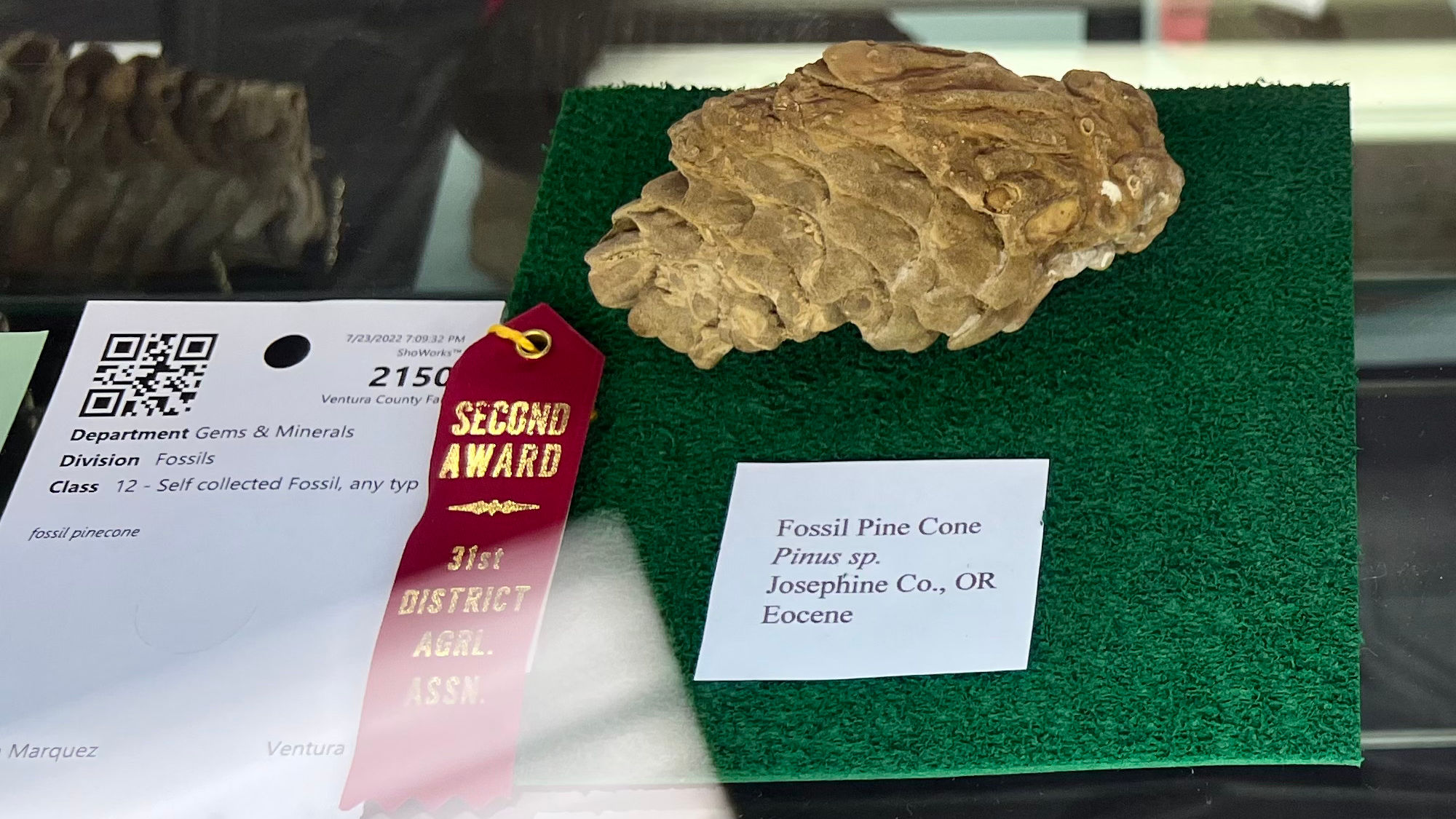
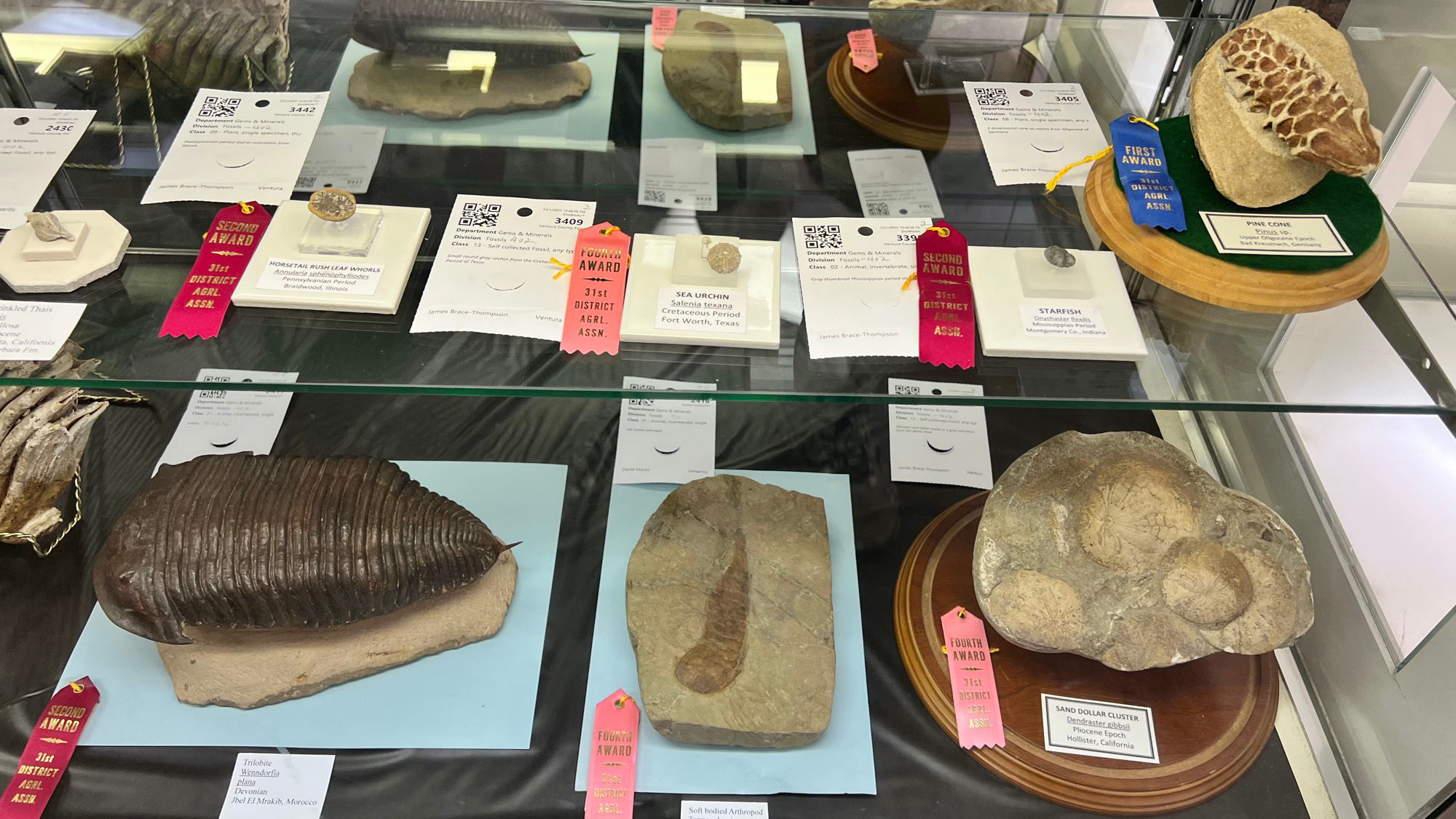
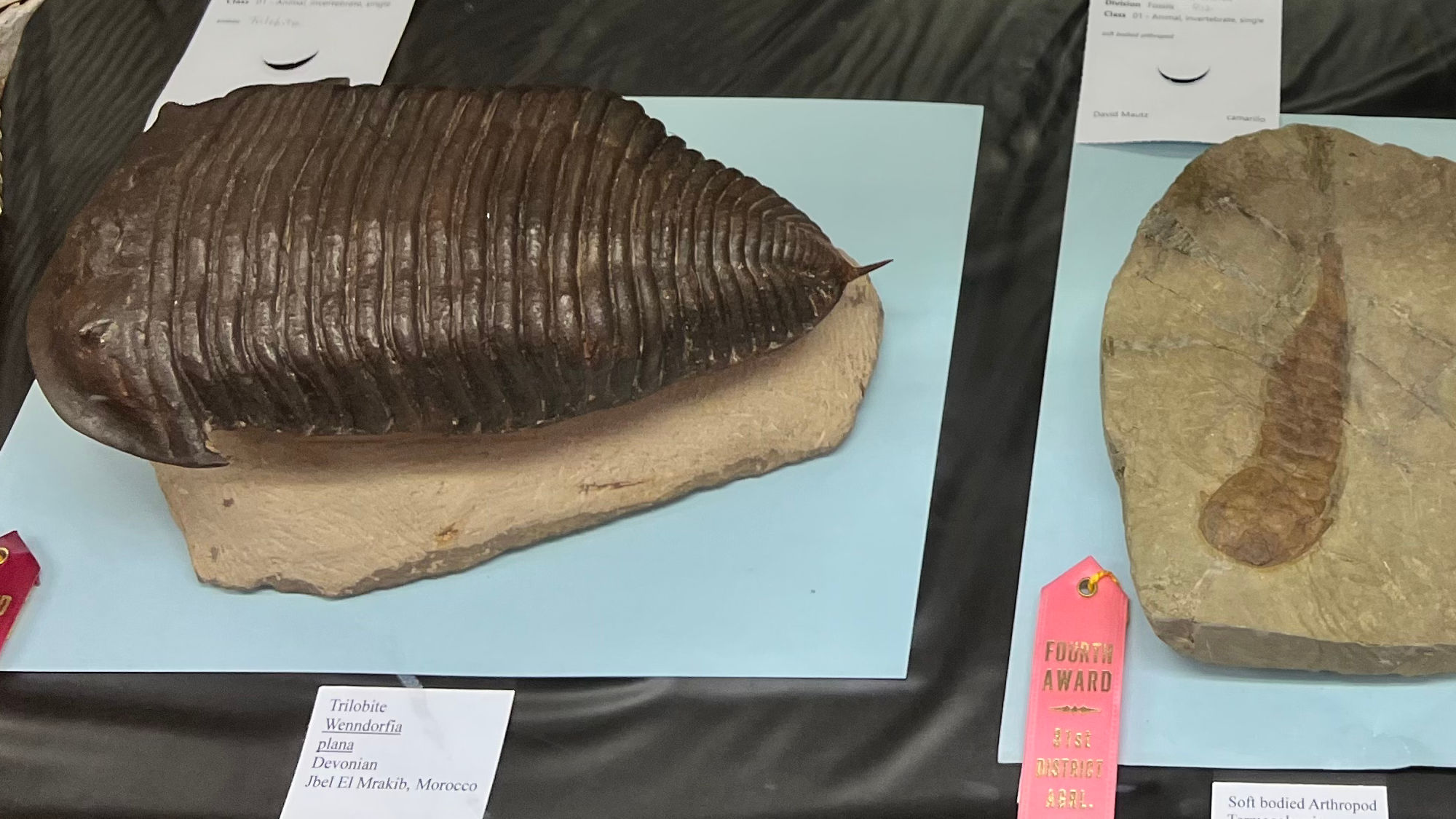
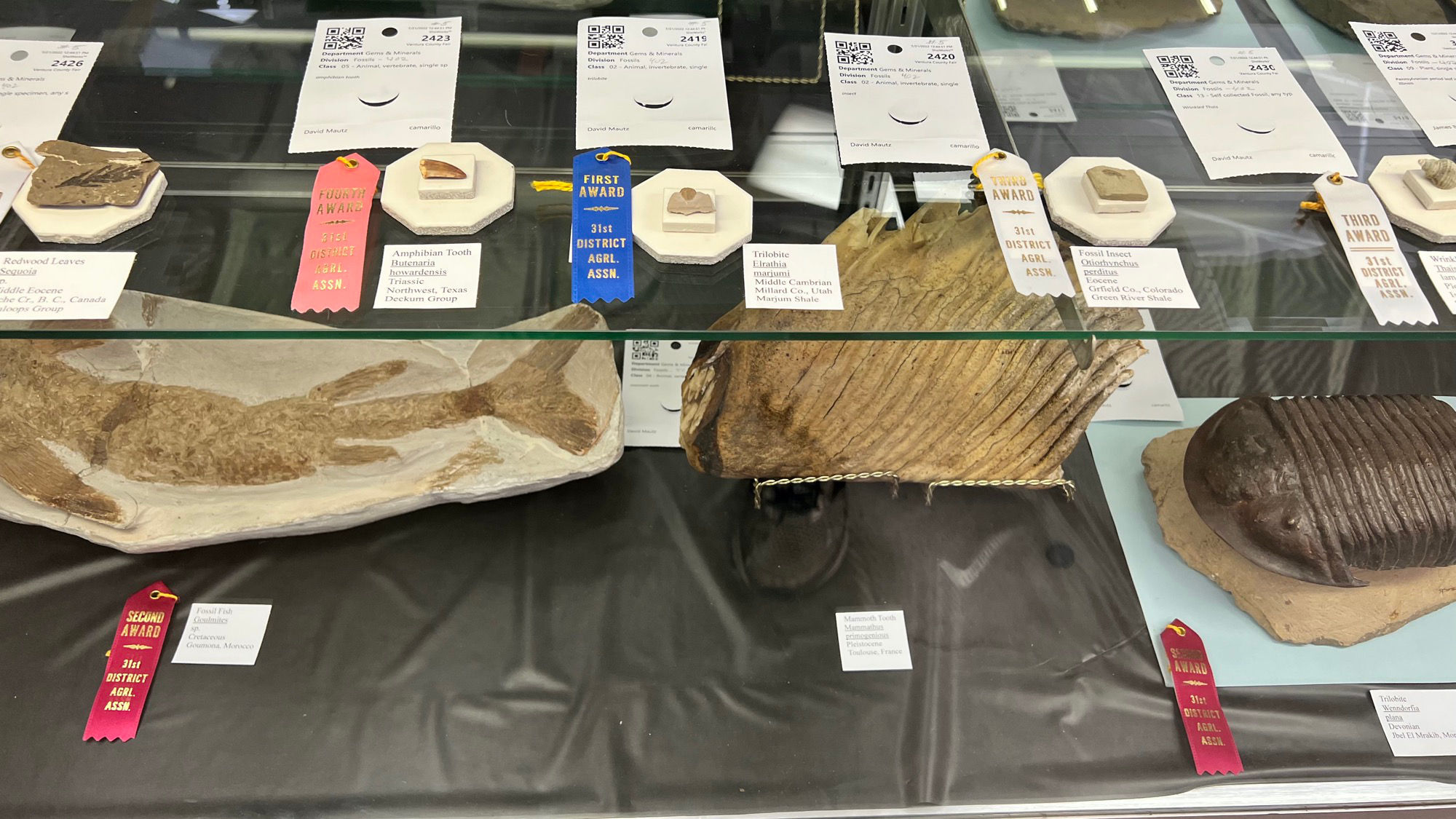
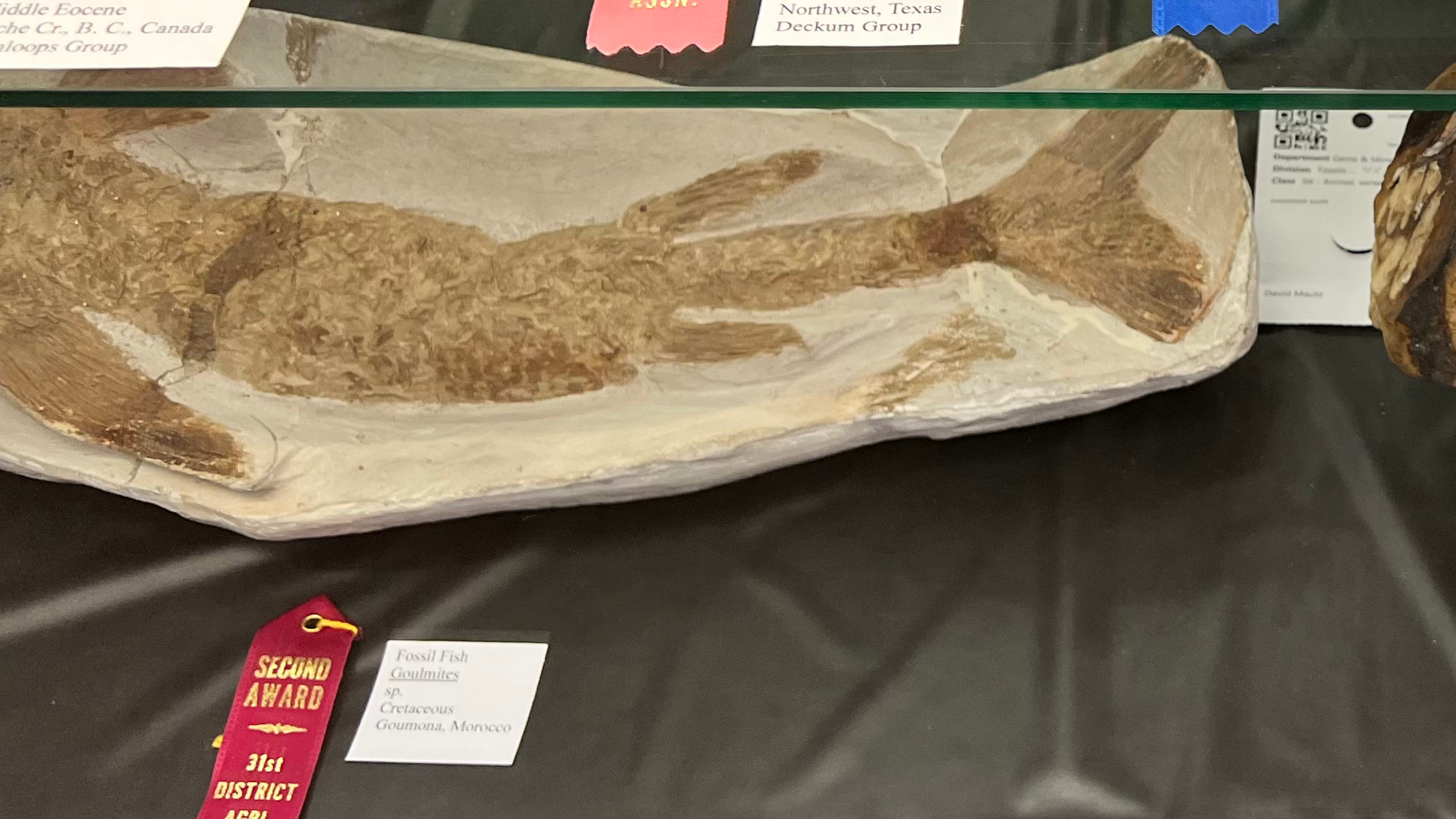
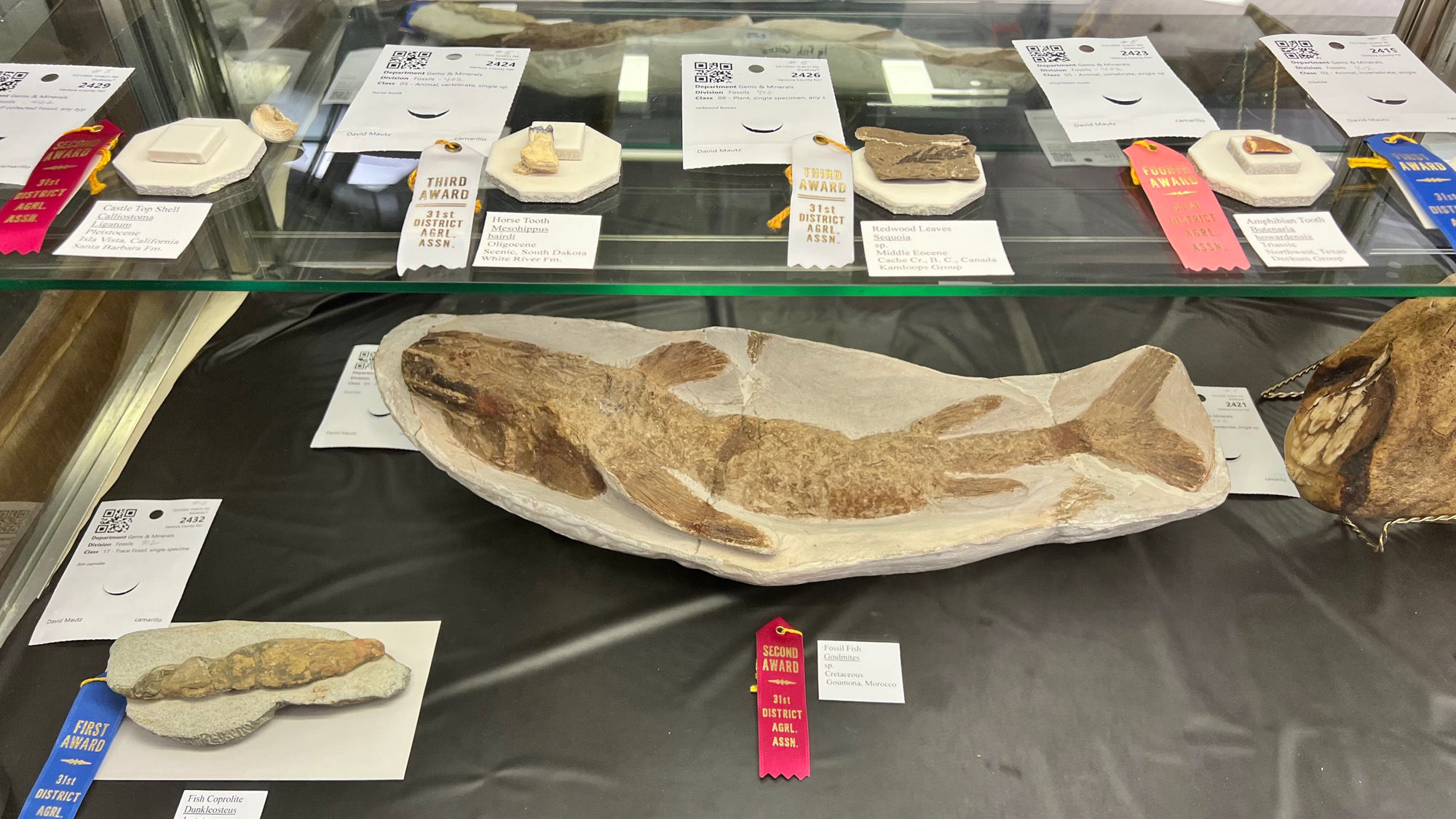
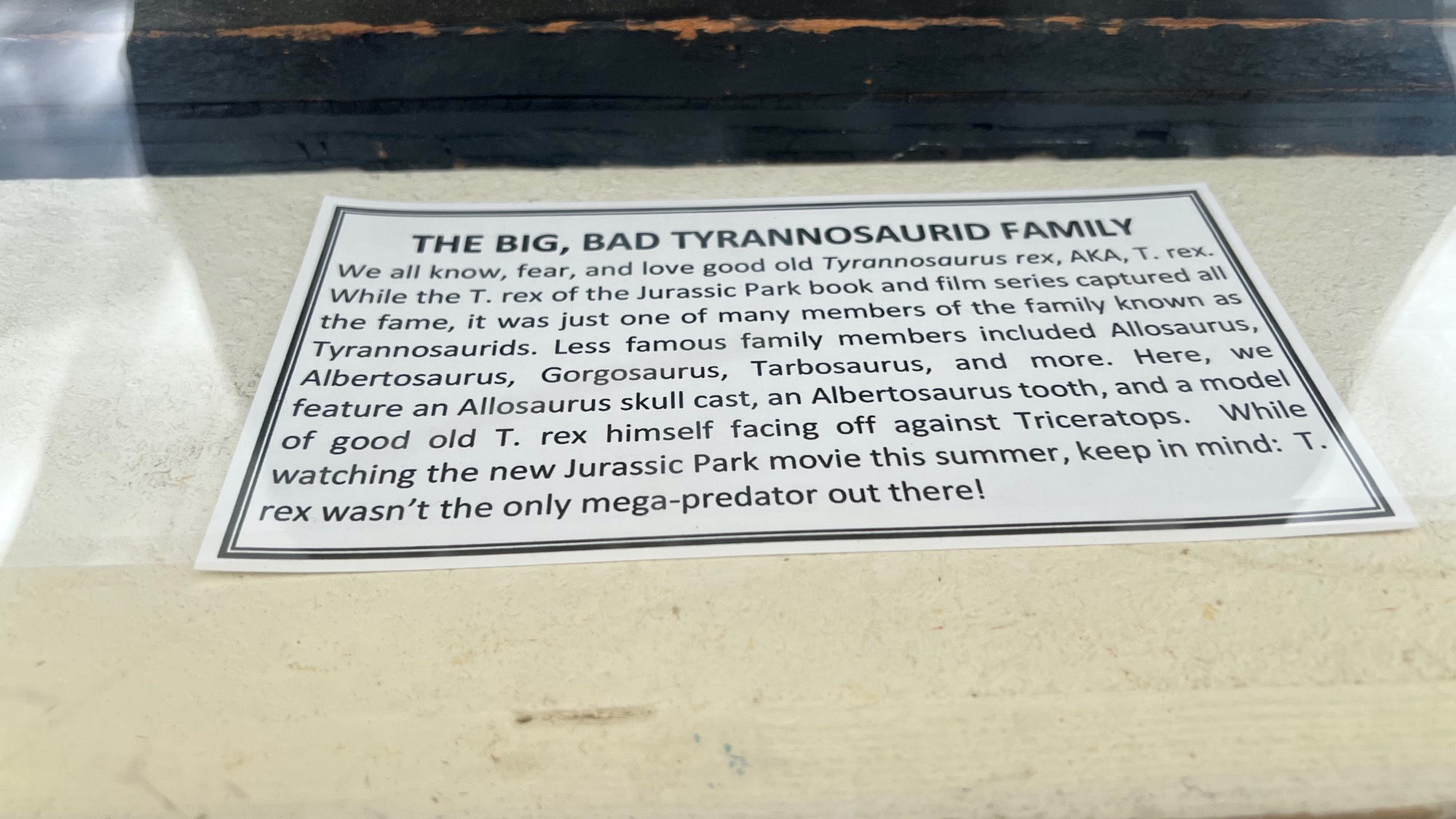
We all know, fear, and love good old Tyrannosaurus rex, AKA, T. rex.
While the T. rex of the Jurassic Park book and film series captured all the fame, it was just one of many members of the family known as Tyrannosaurids. Less famous family members included Allosaurus, Albertosaurus, Gorgosaurus, Tarbosaurus, and more.
Here, we feature an Allosaurus skull cast, an Albertosaurus tooth, and a model of good old T. rex himself facing off against Triceratops. While watching the new Jurassic Park movie this summer, keep in mind: T. rex wasn't the only mega-predator out there!
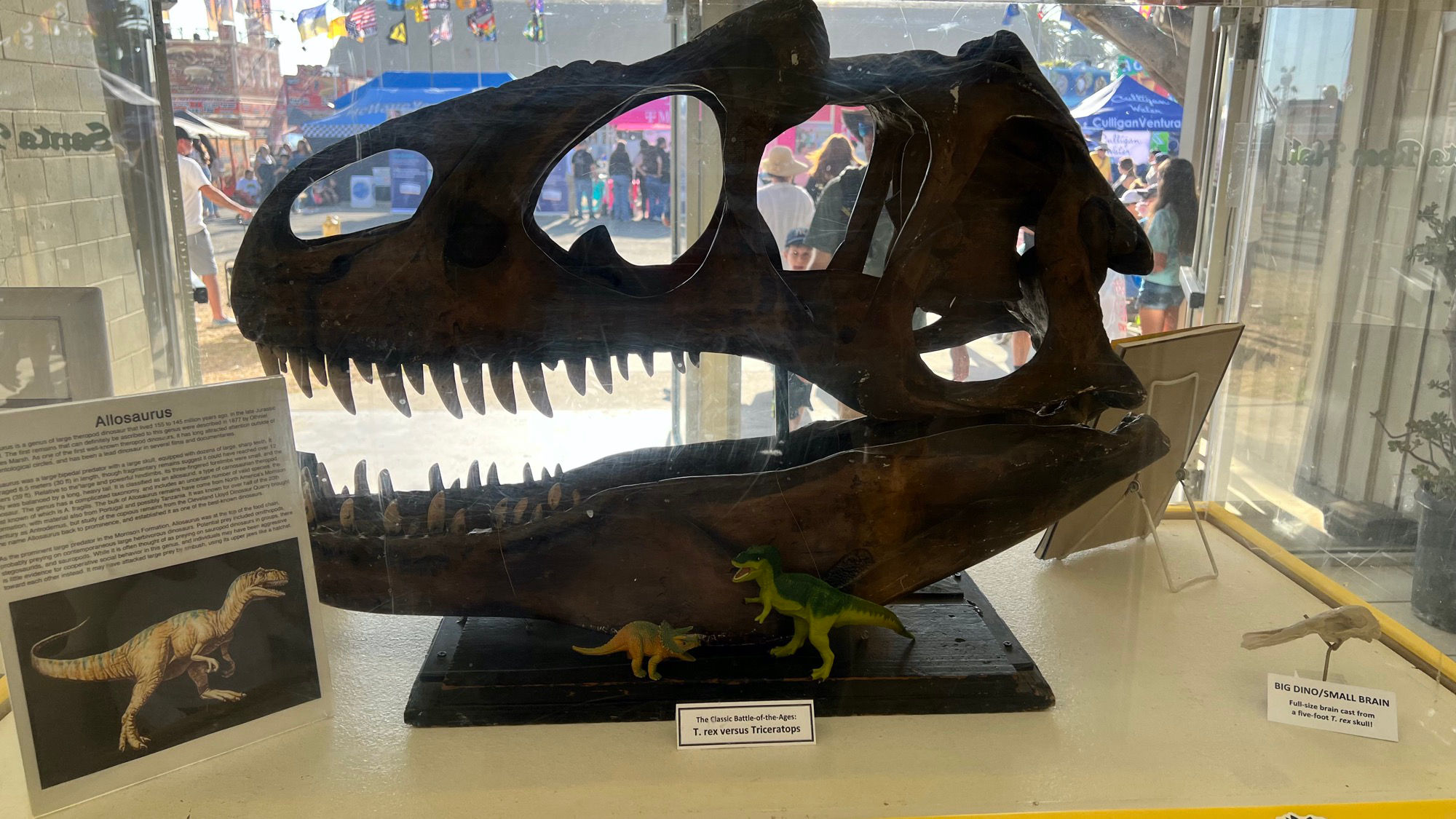
Big Dino / Small Brain
Full size brain cast from a five foot T-Rex Skull
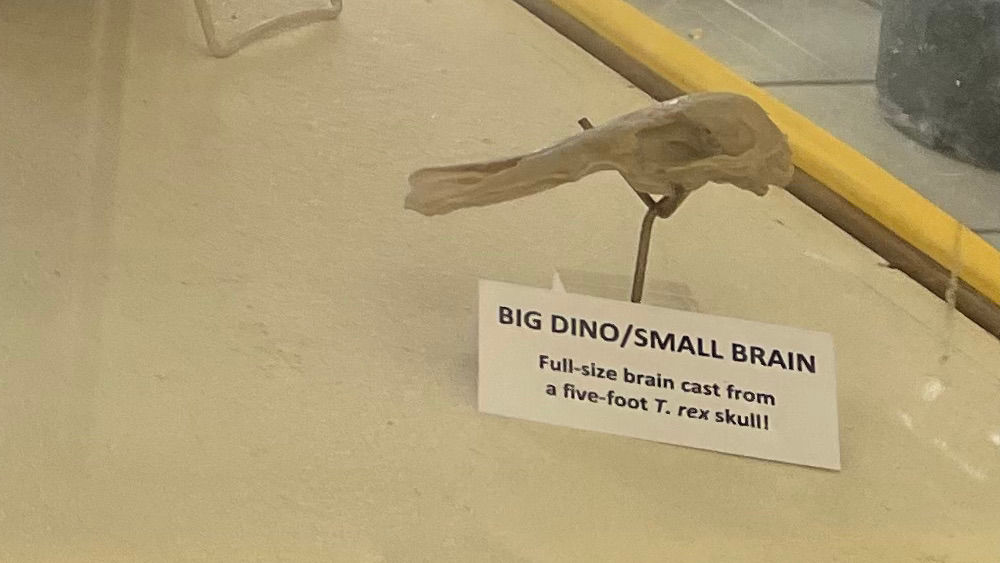
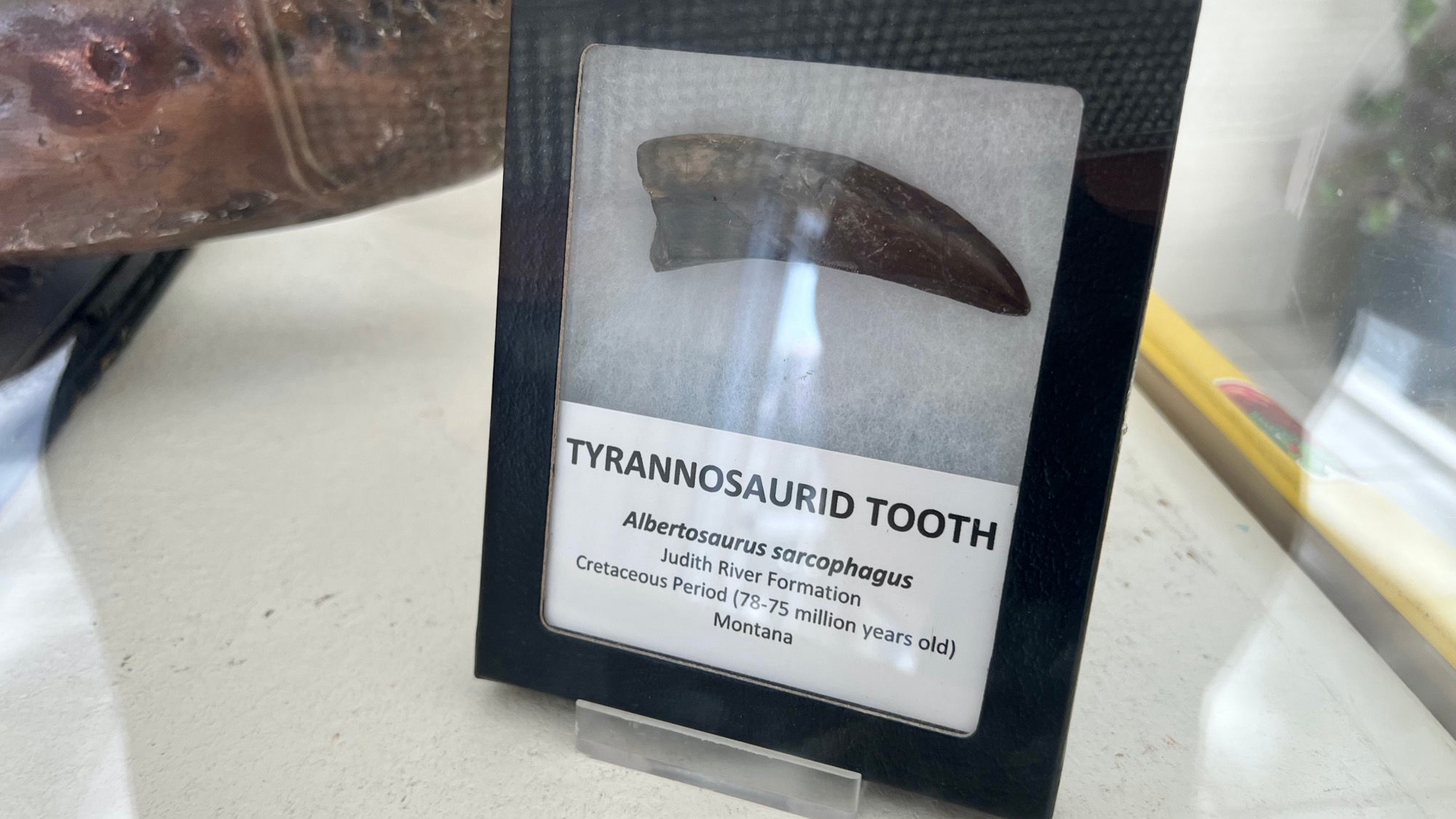
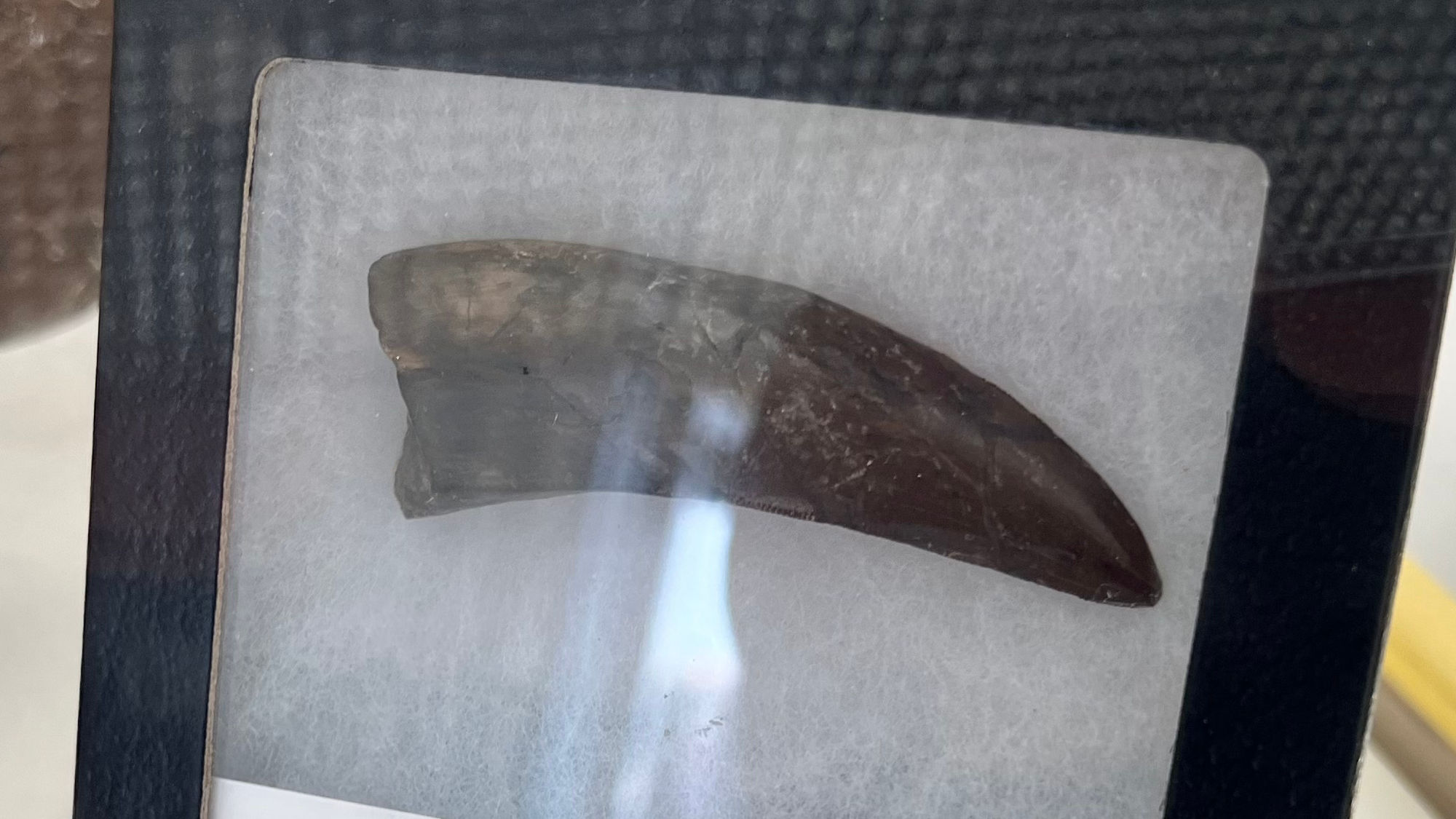
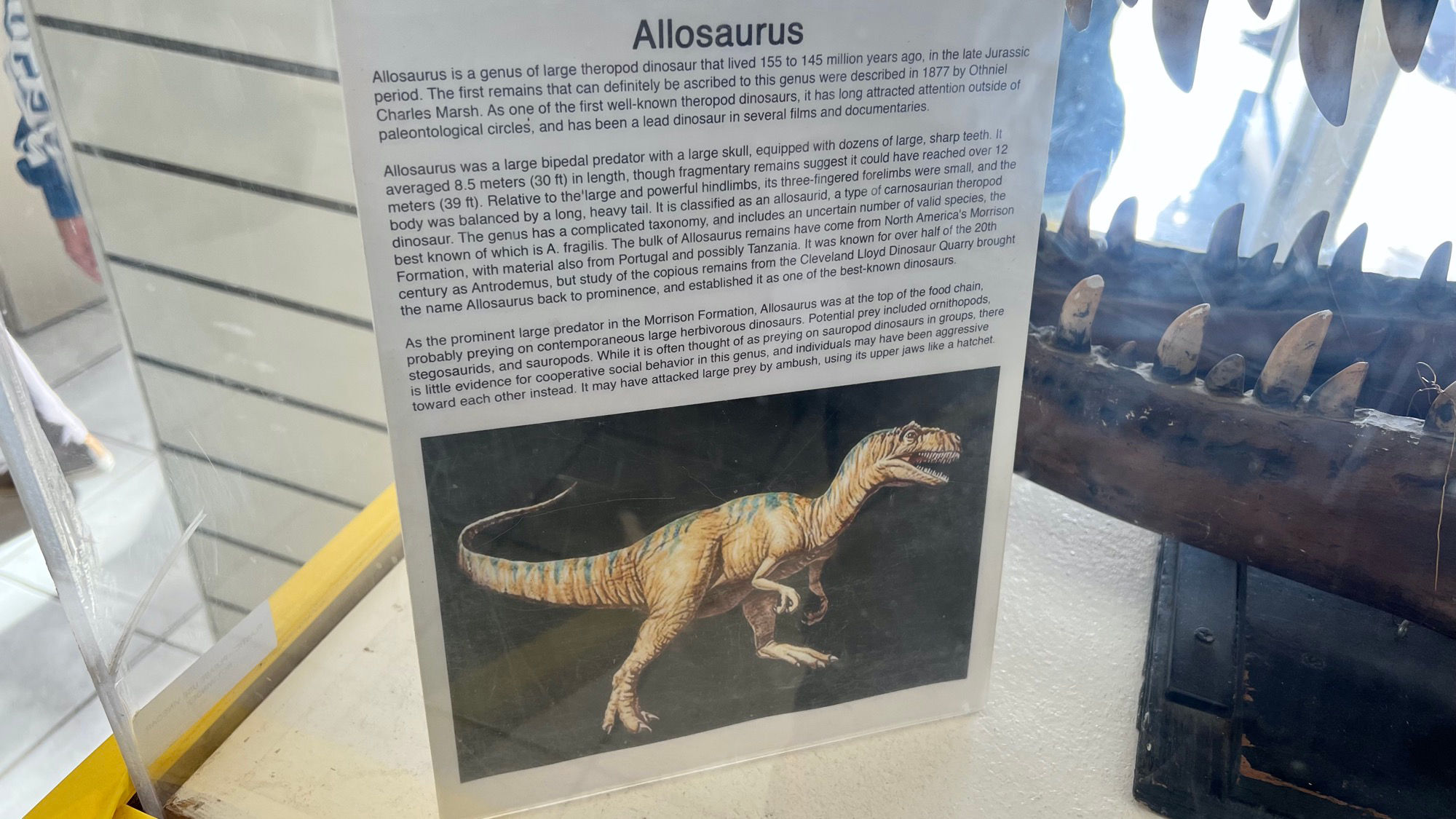
Allosaurus is a genus of large theropod dinosaur that lived 155 to 145 million years ago, in the late Jurassic period. The first remains that can definitely be ascribed to this genus were described in 1877 by Othniel Charles Marsh. As one of the first well-known theropod dinosaurs, it has long attracted attention outside of paleontological circles, and has been a lead dinosaur in several films and documentaries.
Allosaurus was a large bipedal predator with a large skull, equipped with dozens of large, sharp teeth. It averaged 8.5 meters (30 ft) in length, though fragmentary remains suggest it could have reached over 12 meters (39 ft). Relative to the large and powerful hindlimbs, its three-fingered forelimbs were small, and the body was balanced by a long, heavy tail.
It is classified as an allosaurid, a type of carnosaurian theropod dinosaur. The genus has a complicated taxonomy, and includes an uncertain number of valid species, the best known of which is A. fragilis. The bulk of Allosaurus remains have come from North America's Morrison Formation, with material also from Portugal and possibly Tanzania. It was known for over half of the 20th century as Antrodemus, but study of the copious remains from the Cleveland Lloyd Dinosaur Quarry brought the name Allosaurus back to prominence, and established it as one of the best-Known dinosaurs.
As the prominent large predator in the Morrison Formation, Allosaurus was at the top of the food chain, probably preying on contemporaneous large herbivorous dinosaurs. Potential prey included ornithopods, stegosaurids, and sauropods. While it is often thought of as preying on sauropod dinosaurs in groups, there is little evidence for cooperative social behavior in this genus, and individuals may have been aggressive toward each other instead. It may have attacked large prey by ambush, using its upper jaws like a hatchet.
